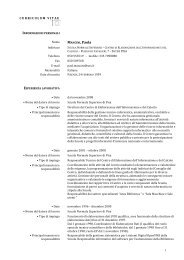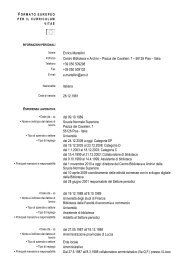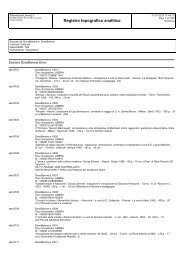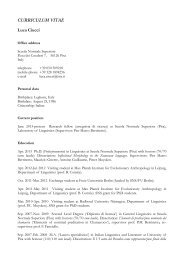Metrics of curves in shape optimization and analysis - Andrea Carlo ...
Metrics of curves in shape optimization and analysis - Andrea Carlo ...
Metrics of curves in shape optimization and analysis - Andrea Carlo ...
Create successful ePaper yourself
Turn your PDF publications into a flip-book with our unique Google optimized e-Paper software.
<strong>and</strong>̂∇˜HjE(0) = ̂∇ H 0E(0),̂∇˜HjE(l) = ̂∇ H 0E(l)λ(2πl) 2j for l ∈ Z\{0}, (10.13)It is clear from the previous expressions that high frequency components <strong>of</strong>∇ H 0E(c) are <strong>in</strong>creas<strong>in</strong>gly less pronounced <strong>in</strong> the various forms <strong>of</strong> the H j gradients.So H j <strong>and</strong> ˜H j gradients are much smoother than H 0 gradients. Note that us<strong>in</strong>ga SAC method smooths the gradients, so it <strong>in</strong>duces smoother m<strong>in</strong>imization flows,but it does not smooth the <strong>curves</strong> themselves.The above phenomenon may be also expla<strong>in</strong>ed by the follow<strong>in</strong>g argument.The gradient satisfies the follow<strong>in</strong>g property.Proposition 10.8 If DE(c) ≠ 0, the gradient ∇E(c) is the vector v <strong>in</strong> T c Mthat provides the maximum <strong>in</strong>DE(c)(v)|DE(c)(h)|= sup. (10.14)‖v‖ c h∈T cM\{0} ‖h‖ cThus, the gradient is the most efficient perturbation, i.e., it maximizeschange <strong>in</strong> energy by mov<strong>in</strong>g <strong>in</strong> direction hcost <strong>of</strong> mov<strong>in</strong>g <strong>in</strong> direction hBy construct<strong>in</strong>g ‖ · ‖ c to penalize “unfavorable” directions, we have controlover the path taken to m<strong>in</strong>imize E without chang<strong>in</strong>g the energy E. 20S<strong>in</strong>ce higher frequencies are more penalized <strong>in</strong> H 1 than <strong>in</strong> H 0 , this expla<strong>in</strong>swhy a SAC prefers to move the <strong>curves</strong> <strong>in</strong> a coarser scale w.r.to a traditionalactive contour method.10.3.2 Flow regularizationIt is also possible to show mathematically that the Sobolev–type gradientsregularize the flows <strong>of</strong> well known energies, by reduc<strong>in</strong>g the degree <strong>of</strong> the P.D.E.,as shown <strong>in</strong> this example.Example 10.9 (Elastica) In the case <strong>of</strong> the elastic energy∫ ∫E(c) = κ 2 ds = |Dsc| 2 2 ds ,ccthe H 0 gradient is 21 ∇ H 0E = LD s (2D 3 sc + 3|D 2 sc| 2 D s c)20 In a sense, the focus <strong>of</strong> research <strong>in</strong> active contours has been mostly on the numerator <strong>in</strong>eqn. (10.14) — whereas we now focus on the denom<strong>in</strong>ator.21 We use the def<strong>in</strong>ition (10.4) <strong>of</strong> H 0 ; the directional derivative was computed <strong>in</strong> 4.666


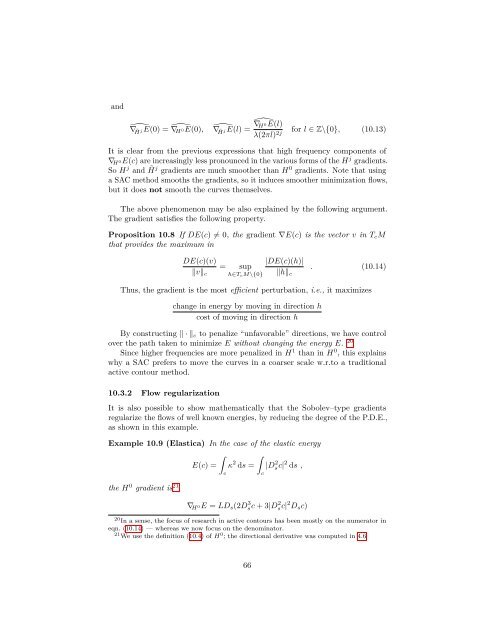

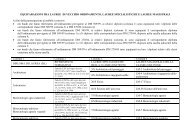
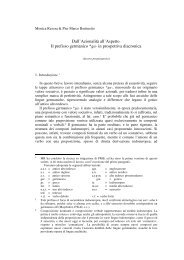
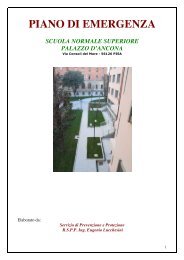
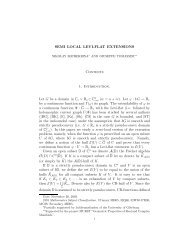
![4. Ghost [Å] vowels in French - Laboratorio di Linguistica](https://img.yumpu.com/49999334/1/184x260/4-ghost-a-vowels-in-french-laboratorio-di-linguistica.jpg?quality=85)



